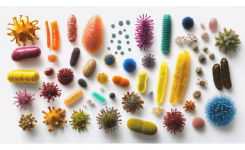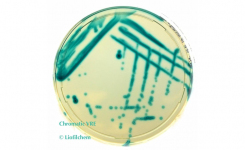For the propagation of tissue culture-adapted viruses, it is important that the appropriate propagation host is selected and processed to ensure successful viral isolation, titer, and infectivity. Typically, viruses can only infect a limited number of hosts, known as the host range. This is best explained by a “lock and key” mechanism as certain proteins on the viral surface must fit specific receptor sites on the host cell surface.
The propagation host is typically grown in tissue culture vessels using media and reagents specified for the host cell line. Most cell lines are seeded the day prior to setting up an infection, and should not be seeded more than two days in advance, nor passaged more than 9 times prior to infection. Further, when working with tissue culture-adapted viral strains, it is also recommended that an uninfected, negative control cell culture is set up to monitor the health of the propagation host.




















